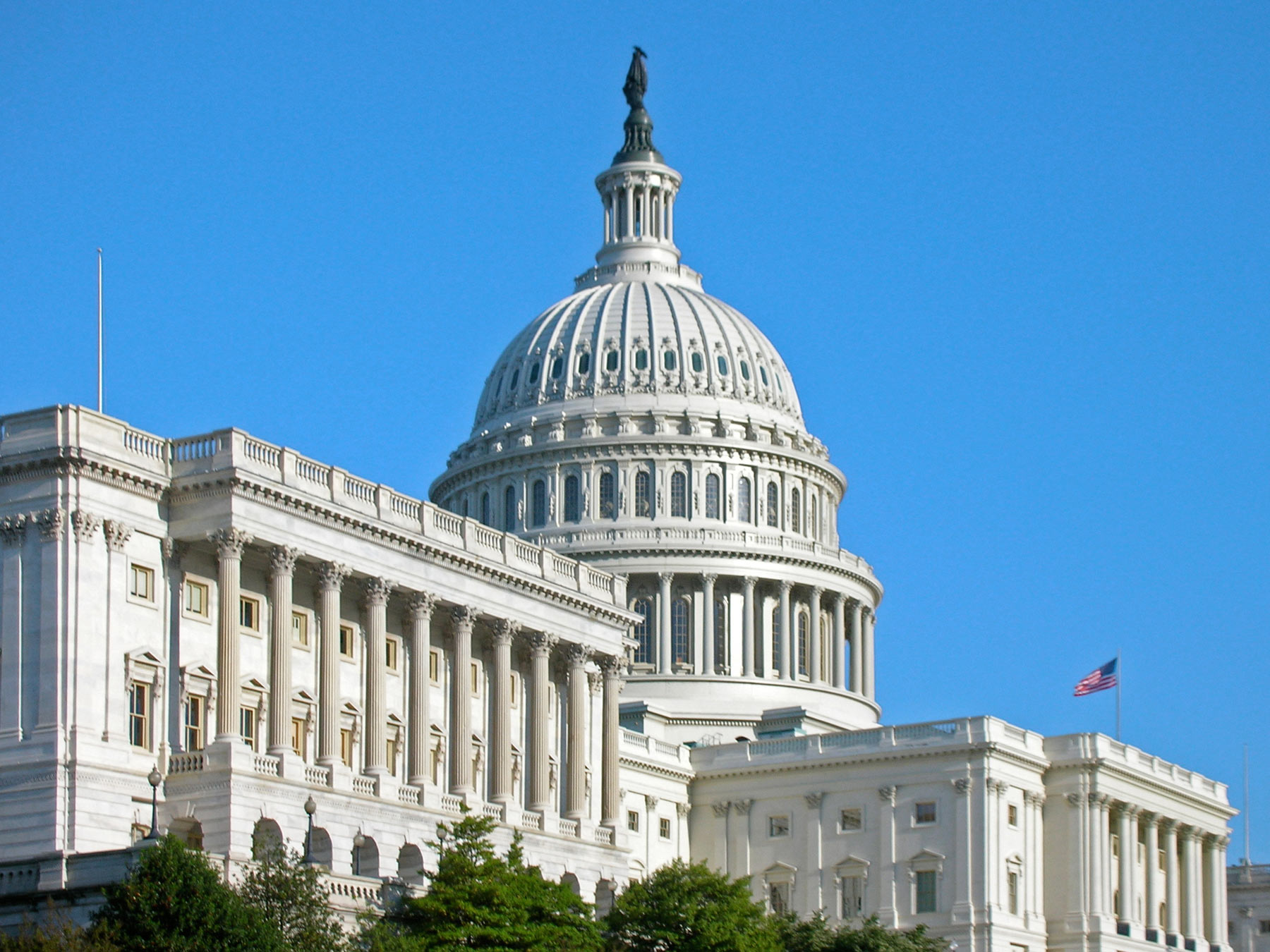
Our first meeting was with five policy advisers from the House Committee on Energy and Commerce. After an hour long of discussion with our first group, we raced across Capitol Hill to the Senate Office Building just in time for our next meetings with advisers from the Senate Energy and Natural Resources Committee and the Senate Office of Bernie Sanders. Although all groups were interested in our petitions and concerns about the environment, what they were most interested in was the specific information we shared about the vital on role that the DOE and EPA programs have in our businesses. They asked that we make our case based on economics and jobs – that’s the information they need to deliver.
I shared with the House and Senate staff members that for over twenty-five years the programs, tools and databases of the DOE and EPA have been essential to my practice as an architect and as a small business owner. During that time the DOE and EPA have been powerful leaders in furthering environmental stewardship and helping launch and support the green building movement in the United States. DOE grant money started the U.S. Green Building Council and helped establish LEED. DOE2 has been the energy modeling standard used throughout the industry. The EPA Energy Star Program, established in 1992, is the accepted standard not only for products and consumers goods like refrigerators, but also buildings. The EPA Target Finder Calculator is a resource used by architects and engineers to assess energy building performance. The list of programs, tools and databases is long (over 90 items), which we summarized and forwarded on to the House and Senate Committee members that we met with (see Resources title at the link at the end of this article). We also made the case that buildings matter to the economy and the environment – here are the ten points we made: